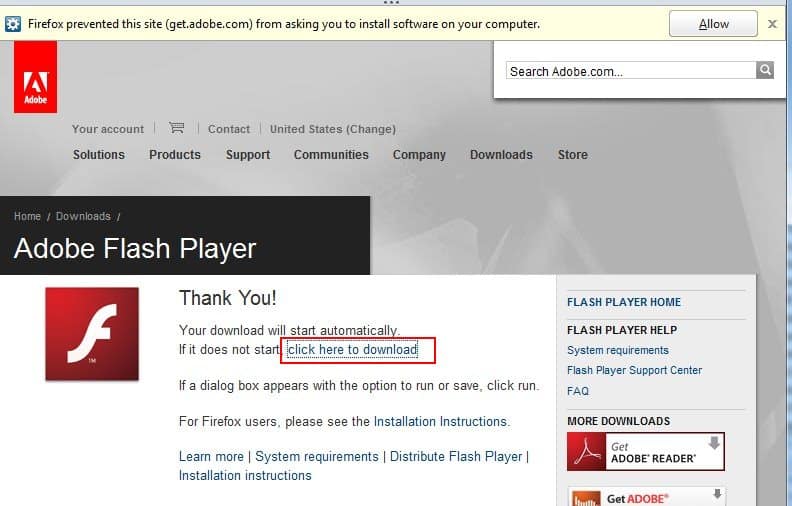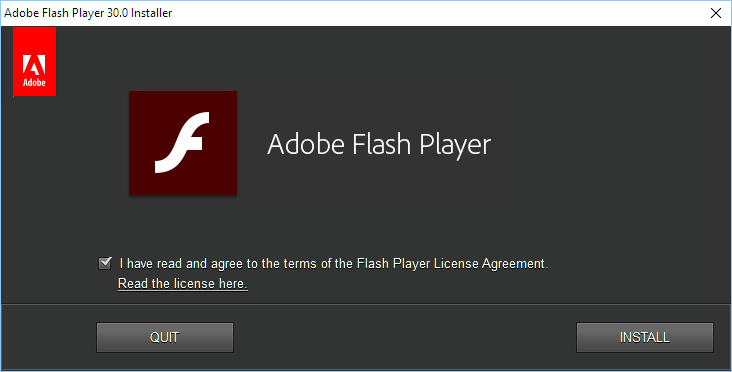
It allowed for the services of our client to work and gave more time to rewrite it in new technology.

I'm a Full-Stack Developer at VM.PL and below you can check the solution I have found. We had advised some time ago switching to more modern solutions but the decision path took too long. So everyone knew that extinction of this technology is basically days away.īut what if you still need to use a system (or maybe play a game) that uses Flash and has not moved towards a more future-proofed technology? We had to deal with this situation with one of our clients. There were articles about this, in the months leading up to the end of 2020, browsers displayed big warnings and made it harder and harder to use systems based on this technology. It was known for a long time that this would happen.

What data formats did Adobe Flash support?įlash Player supported several data formats, including XML, JSON, AMF and SWF.January 12th 2021 was the day that Adobe Flash Player stopped working. Most mobile operating systems supported Flash Player usage as a standalone application or within an internet browser.Īpple iOS, Android and BlackBerry were among devices that supported Flash Player as a standalone app, while operating systems on Maemo, PS3, Pocket PCs and Windows Mobile supported usage within a web browser.Īfter 2012, Adobe stopped developing Flash Player for smartphone browsers in favor of HTML5. Once flash content was created, it could be played by the Adobe Flash Player, working either as a browser plugin or as a standalone player. SWF file formats allowed audio, video and several other possible forms of interaction with the end user. What types of files did Adobe Flash Player support?įlash Player ran SWF files, an Adobe Flash file format for displaying "animated" vector graphics on the web, commonly called animations. The Flash Player plugin was available for download for free on recent versions of web browsers on the platforms mentioned above.Įach version of the plugin for Internet Explorer, Mozilla Firefox, Opera, Google Chrome, and Safari was backward compatible.

What operating systems supported Adobe Flash Player?īefore its discontinuation, Adobe Flash Player was available for major desktop operating systems, including Microsoft Windows, Linux, Solaris and Mac OS X.

Adobe recommended all users uninstall Flash Player in its end-of-life notice. Flash Player was created by Macromedia but is now developed and distributed by Adobe Systems Inc.Īs of January 2021, Flash Player is no longer supported by Adobe due to multiple security issues. Adobe Flash Player is software used to stream and view video, audio, multimedia and Rich Internet Applications ( RIA) on a computer or supported mobile device.


 0 kommentar(er)
0 kommentar(er)
